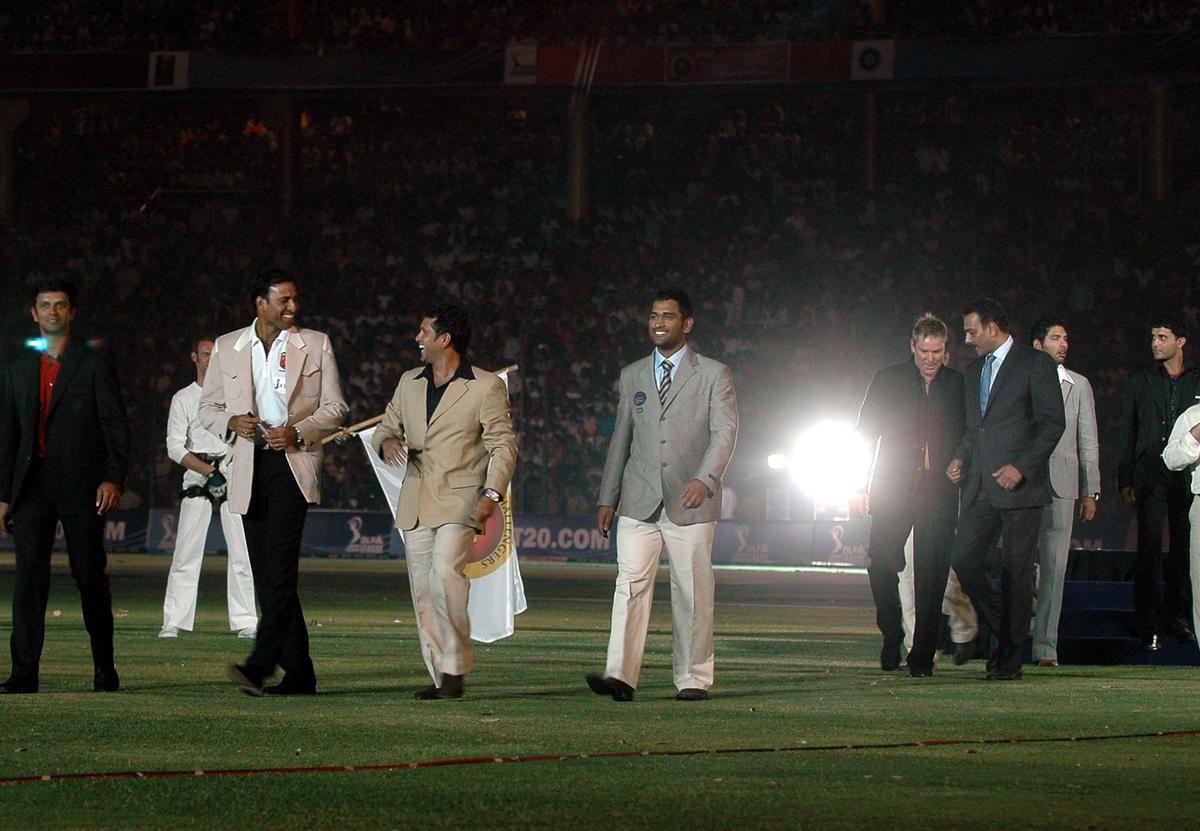When Ravichandran Ashwin, newly retired from international cricket and the Indian Premier League (IPL), takes the field for Sydney Thunder in the Big Bash League (BBL), the sight will be at once familiar and strangely unprecedented.
Familiar, because Ashwin’s craft — the alchemy of guile and geometry that made him one of India’s greats — is recognisable anywhere. Strange, because no Indian male international, capped and still contemporary in reputation, has ever crossed that particular Rubicon into Australia’s domestic T20 carnival.
Ashwin’s decision is more than just a personal indulgence at the twilight of his career. It is a reminder of how anomalous India’s relationship with overseas leagues has been.
For nearly two decades, the IPL has acted as both a magnet and a fortress — attracting the world while retaining its own core.
Indian players, active and contracted, were never permitted by the Board of Control for Cricket in India (BCCI) to freelance across continents the way their counterparts from England, Australia or the Caribbean routinely do.
The few who did venture out only did so after closing the door on India colours.
ALSO READ: What is the Hong Kong Sixes where R. Ashwin will play for India?
Earlier this year, Dinesh Karthik turned up for Paarl Royals in the SA20. In 2023, Ambati Rayudu played for St Kitts & Nevis Patriots in the Caribbean Premier League, and months later appeared for MI Emirates in the ILT20.
Robin Uthappa and Yusuf Pathan also signed up for the Dubai Capitals in that league. Two years ago, Suresh Raina was part of the Deccan Gladiators in the Abu Dhabi T10.
Even Yuvraj Singh, India’s 2011 World Cup hero, plied his trade at Canada’s GT20.
The rationale for this cordon sanitaire has always been clear enough: protect the primacy of the IPL, avoid dilution of player workload, and preserve control over the country’s most bankable resource.
Yet Ashwin in the BBL exposes a paradox. India’s global reach in cricket is unrivalled, yet its players remain absent from the global club circuit.
For years, fans in Sydney or St. Kitts have watched every nation’s stars, but never the Indian ones — unless they’d hung up their boots first.
In this sense, Ashwin is a kind of test case, albeit one ring-fenced by the rules of retirement. His presence in the BBL will stir curiosity: the novelty of an Indian player in Australian domestic colours, the clash of cultures between IPL-primed stardom and the egalitarian spirit of Big Bash franchises.

Ashwin (second from right) poses with the IPL trophy, after winning the final against Royal Challengers Bangalore in 2011.
| Photo Credit:
PTI
Ashwin (second from right) poses with the IPL trophy, after winning the final against Royal Challengers Bangalore in 2011.
| Photo Credit:
PTI
More subtly, it will revive an old question: why must Indians wait until they are finished before they can go elsewhere?
One can imagine the arguments on both sides. The BCCI’s caution has logic. Indian players are already in punishing demand, their calendar swollen with bilateral series, ICC tournaments, and two months of IPL every year.
To let them scatter to SA20s and CPLs would risk burnout and possibly erode the IPL’s commercial dominance. There’s also a sovereignty instinct at play: control over talent equals control over the market.
But the counter-argument is growing louder, whispered for now but perhaps amplified by Ashwin’s sojourn.
Cricket is no longer national versus national alone; it is increasingly a club economy, with players’ reputations built as much in Abu Dhabi, Paarl or Dallas as in Melbourne or Manchester. England has embraced this reality, so has West Indies and South Africa. India alone insists on the cordon. In the long run, does this isolate the very players it seeks to protect?
Ashwin’s example may not immediately move the needle. He is, after all, on the other side of his international career, a polymath playing for pleasure as much as for posterity. But the symbolism matters.
ALSO READ: ‘Having to sit out of Tests on tours eventually got to me,’ Ashwin on shock international retirement
Watching him line up for the Sydney Thunder, Indian fans may begin to wonder what it would look like if an active Shubman Gill tested himself in the BBL, or if a Kuldeep Yadav learned new tricks in the Caribbean.
And administrators in other leagues, long resigned to India’s absence, will be reminded of the vast untapped draw that even a single Indian player represents.
History teaches us that restrictions rarely last forever. Kerry Packer once prised open cricket’s structures with money and audacity; the IPL itself was born of a rebellion against the Indian Cricket League.

Captains of all teams at the opening ceremony of the inaugural Indian Premier League, at the M.Chinnaswamy Stadium in Bengaluru in 2008.
| Photo Credit:
Sampath Kumar/The Hindu
Captains of all teams at the opening ceremony of the inaugural Indian Premier League, at the M.Chinnaswamy Stadium in Bengaluru in 2008.
| Photo Credit:
Sampath Kumar/The Hindu
Perhaps it will take another generation before the BCCI permits its players to travel freely.
Perhaps Ashwin’s BBL cameo will be remembered as nothing more than a curiosity. But perhaps, too, it will be seen as a moment of breach — when the idea that Indians might belong to the world’s T20 circuit ceased to be unimaginable.
In that sense, Ashwin will not just be bowling carrom balls in Hobart or Perth. He will be bowling at India’s cricketing exceptionalism, testing whether its walls are impregnable, or whether a few cracks are already showing.
Published on Sep 25, 2025